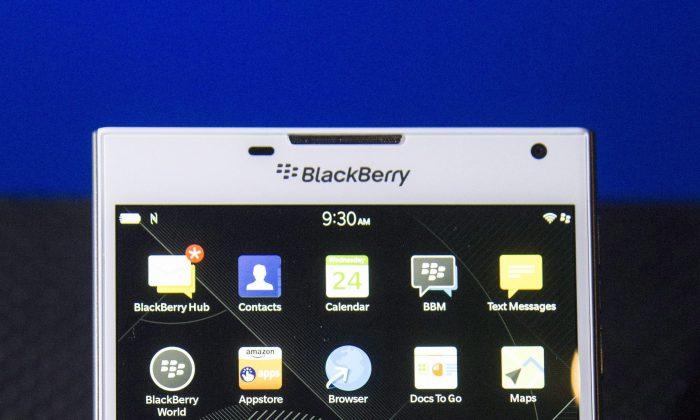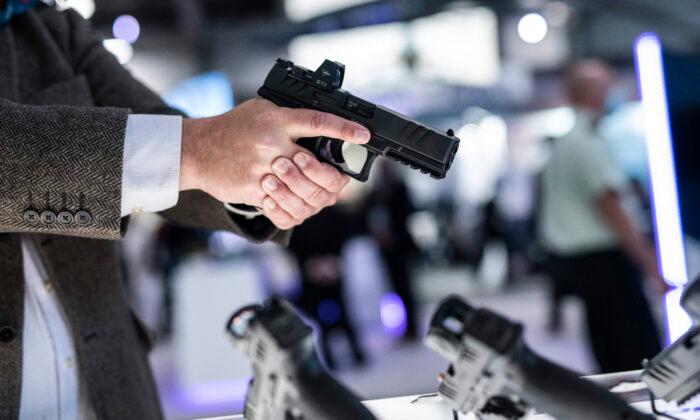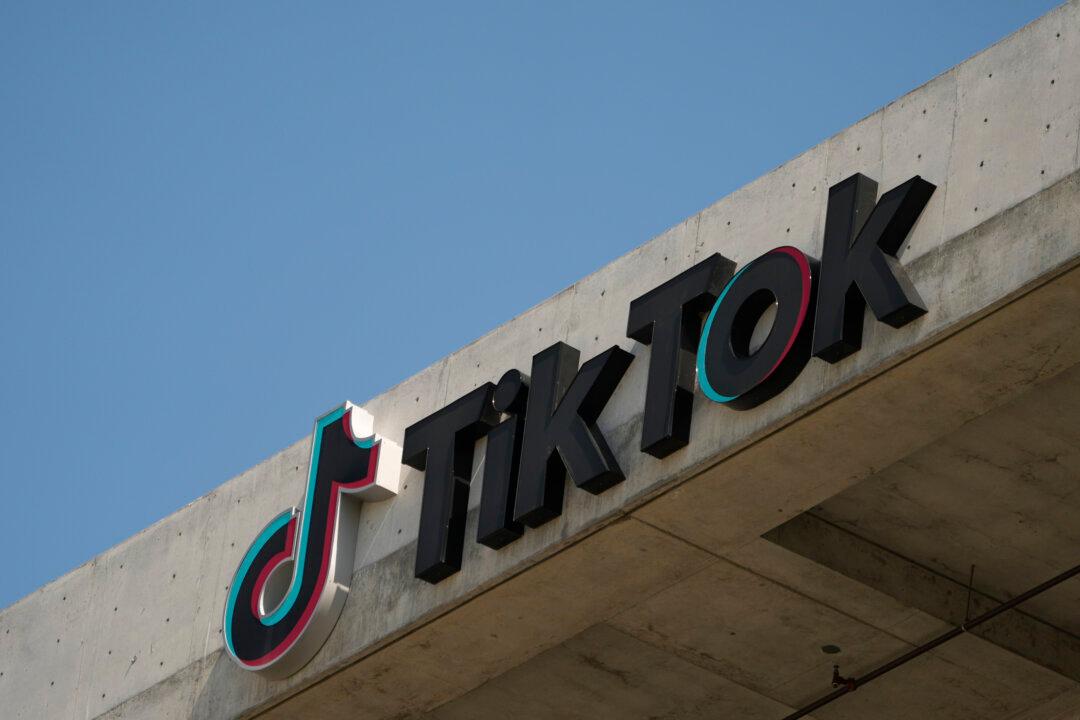TORONTO—There’s one indisputable fact about BlackBerry’s new Passport smartphone: It’s different.
At a time when so many new smartphones seem to look alike, the huge square-screened, keyboard-equipped Passport certainly turns heads.
It’s also inspired by travel documents. The Passport phone stacks neatly with a paper passport, sharing its dimensions almost exactly (although obviously thicker).
There’s another thing about the Passport that’s unlike the other premium smartphones on the market: BlackBerry’s not trying to sell its newest phone to consumers.
Sure, BlackBerry plans to have them in retail stores and expects aficionados will want to buy one, but the company is bluntly emphasizing that the Passport was made with the corporate world in mind.
“We really set out to build the Passport to meet the needs of a very specific customer group,” says director of marketing Jeff Gadway.
“[But] that’s not to say there aren’t going to be more people who are going to love it.”
BlackBerry says it’s targeting “productivity-driven mobile professionals,” who still care about using their device as a phone, want to be able to securely link to their corporate email accounts, and value getting work done over playing games.
Screen and Form Factor
The Passport is a handful, wider than even the biggest of “phablets.” BlackBerry notes the Passport’s 4.5-inch square screen is about 30 percent wider than most five-inch rectangular phones.
BlackBerry claims the extra-wide screen makes business documents—from PDFs, to spreadsheets, to presentations—easier on the eyes, with less need to zoom or swipe while reading or editing. The screen can display 60 characters per line, which is close to what the publishing industry considers ideal for printed books.
Keyboard
The Passport’s extra-wide screen and body also means the keyboard is super-sized, with larger keys than those of the BlackBerry Q10.
The keys are also larger because a bunch of them have been removed.
Gone are the number keys and individuals buttons for Alt and Shift. Those numbers and functions have been moved to a virtual line of keys that appear onscreen just above the keyboard, when BlackBerry’s software predicts you might need them.
Also notable about the keyboard is that its surface acts like a laptop’s trackpad, so a user can swipe to navigate a website or app without covering the screen.
Conclusion
With its share of the consumer market withering away, BlackBerry is focusing on corporate customers in a last-ditch attempt to revitalize the company.
If corporate buyers see value in the wide screen—and the keyboard, of course—and think the Passport could be a viable mobile work tool, it may find success. In particular, BlackBerry Q10 users who liked the device but found the screen too small will probably consider the Passport a natural upgrade.
Only the most strident of BlackBerry loyalists would argue the Passport is absolutely the best smartphone on the market. But it is different, and some people want different.






Friends Read Free